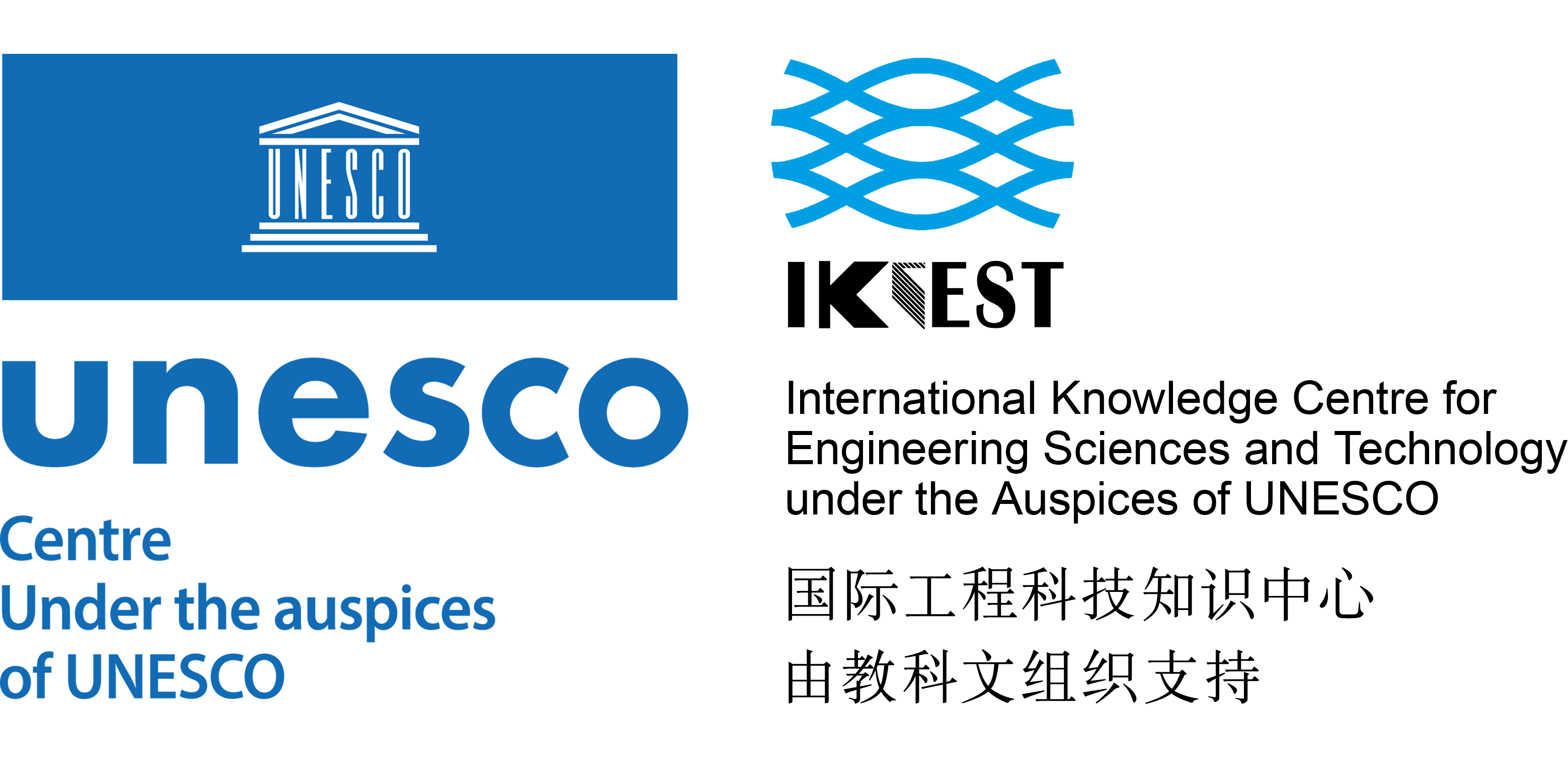Journal
Please choose volume & issue:
-
Efficient feedback mechanism for LTE-based D2D communication
Abstracts:Along with the surge of data traffic amount, Long Term Evolution (LTE)-based Device-to-Device (D2D) communication is emerging as a key data traffic offloading technology. However, current LTE-based D2D communication has limitations such as the lack of feedback mechanism, causing difficulty for efficient radio resource use. In this paper, we propose a feedback mechanism to increase the spectral efficiency of LTE-based D2D communication. In particular, the proposed feedback mechanism is designed to minimize signaling overhead and D2D Rxs can use the proposed feedback mechanism without any connection to Base Station (BS). On top of the proposed mechanism, we also propose feedback-aided rate adaptation and recovery schemes. Through extensive simulations, we verify that the proposed solutions achieve solid performances, e.g., goodput and latency, under various channel environments.
-
Fast flow volume estimation
Abstracts:The increasing popularity of jumbo frames means growing variance in the size of packets transmitted in modern networks. Consequently, network monitoring tools must maintain explicit traffic volume statistics rather than settle for packet counting as before. We present constant time algorithms for volume estimations in streams and sliding windows, which are faster than previous work. Our solutions are formally analyzed and are extensively evaluated over multiple real-world packet traces as well as synthetic ones. For streams, we demonstrate a run-time improvement of up to 2.4X compared to the state of the art. On sliding windows, we exhibit a memory reduction of over 100X on all traces and an asymptotic runtime improvement to a constant. Finally, we apply our approach to hierarchical heavy hitters and achieve an empirical 2.4-7X speedup.
-
Walk and learn: Enabling accurate indoor positioning by profiling outdoor movement on smartphones
Abstracts:One of the key objectives in developing pervasive and mobile applications is to localize users within indoor environments. By employing accelerometers on smartphones, dead reckoning is an intuitive and common approach to generate a user’s indoor motion trace via mobile devices. Nevertheless, dead reckoning often deviates from the ground truth due to noise in the sensing data. We propose
IOLoc , an indoor localization approach that benefits by transferring learning from tracking outdoor motions to the indoor environment. Via sensing data on a smartphone,IOLoc constructs two datasets: relatively accurate outdoor motions from GPS and less accurate indoor motions from accelerometers. Then,IOLoc leverages a Motion Range Space to improve a user’s acceleration and orientation values used for computing dead reckoning. After using a transfer learning algorithm to the two datasets,IOLoc boosts the Motion Range Box to achieve better indoor localization results. Additionally,IOLoc exploits indoor GPS exception cases, pedometer, and average speed estimation to further improve dead reckoning. Through case studies on 15 volunteers for the indoor and outdoor scenarios, we showIOLoc is a non-infrastructure, low-training complexity, and energy saving indoor positioning approach that achieved a localization accuracy of 0.260.49 m in multiple scenarios. -
An efficient method for physical fields mapping through crowdsensing
Abstracts:Crowdsensing is an effective method to map physical spatial fields by exploiting sensors embedded in smartphones. Enclosing humans in the loop increases the amount of data available for the mapping process, with benefits in terms of accuracy and cost. On the other hand, the huge amount of data generated and the irregular spatial distribution of measurements are serious issues to be addressed. In this paper we propose a combined Gaussian process (GP)-State space method for crowd mapping whose complexity and memory requirements for field representation do not depend on the number of data measured. The method is validated through an experimental campaign and simulations.
-
Traffic characterization and LTE performance analysis for M2M communications in smart cities
Abstracts:The paper presents a model for the characterization of Machine-to-machine (M2M) traffic and the performance evaluation of LTE access to support M2M communication, embedded into a web-based application. The application enables the study of the traffic produced by realistic M2M elements in the context of smart cities. Packet generation for each machine is modeled by means of three mathematical distributions (Poisson, Beta, and Deterministic), which makes it possible to represent a wide variety of M2M applications. A case study was constructed based on the city of Montreal. Real data on the position of machines were retrieved from public datasets. The case study includes a realistic representation of the LTE infrastructure that allows the estimation of traffic load at each eNodeB, as well as other performance indexes, such as collision probability and access delay. The use of real geographic information enables visual analyses aiming at identifying bottlenecks and possible roadblocks to the M2M integration in the LTE infrastructure.
-
Secure authentication framework for cloud-based toll payment message dissemination over ubiquitous VANETs
Abstracts:The privacy and security issues of information message dissemination have been well researched in typical VANETs. However, cloud computing paradigm is merely utilized for secure information message dissemination over VANETs. In this paper, we propose a secure authentication framework for cloud-based toll payment message dissemination over ubiquitous VANETs, which primarily deal with two types of information messages that is general purpose and special purpose information messages. General purpose information messages include infotainment, traffic congestion, location-based services and emergency services. While the special purpose information messages include toll tax and revenue collection services. Moreover, our secure authentication framework (CCES-PKC) integrates the novel cloud-based pairing-free certificate-less encryption, secure authentication control, signature-based information encryption, decryption through cloud verification and signature authentication along with batch auditing. The certificate overhead management is passed over to the cloud infrastructure for fine-grained information message dissemination by enabling verification, integrity and confidentiality. Performance assessments including efficiency, security and experimental analysis emphasize that the proposed scheme is remarkably appropriate for secure toll payment information message dissemination.
-
Range based algorithms for precise localization of terrestrial objects using a drone
Abstracts:In this paper we propose two algorithms, called
Dir andOmni , for precisely localizing terrestrial objects, or more simply sensors, using a drone.Dir is based on the observation that, by using directional antennas, it is possible to precisely localize terrestrial sensors just applying a single trilateration. We extend this approach to the case of a regular omnidirectional antenna and formulate theOmni algorithm. BothDir andOmni plan a static path for the drone over the deployment area, which includes a set of waypoints where distance measurements between the drone and the sensors are taken. Differently from previously proposed best-effort approaches, our algorithms prove that a guaranteed precision can be achieved by considering a set of waypoints, for each sensor, that are at a distance above a certain threshold and that surround the sensor with a certain layout. We perform extensive simulations to validate the performance of our algorithms. Results show that both approaches provide a comparable localization precision, butDir exhibits a shorter path compared toOmni , being able to exploit the directional antennas. -
Efficient data perturbation for privacy preserving and accurate data stream mining
Abstracts:The widespread use of the Internet of Things (IoT) has raised many concerns, including the protection of private information. Existing privacy preservation methods cannot provide a good balance between data utility and privacy, and also have problems with efficiency and scalability. This paper proposes an efficient data stream perturbation method (named as ). offers better data utility than similar methods and the classification accuracies of perturbed data streams are very close to those of the original data streams. also provides higher resilience against data reconstruction attacks.
Hot Journals
- Risk Breakdown Matrix for Risk-Based Inspection of Transportation Infrastructure Projects
- Social Control in Outsourced Architectural and Engineering Design Consulting Projects: Behavioral Consequences and Motivational Mechanism
- 2022 Best Paper Award
- Hold-Ups and Failures in Negotiated Order: Unearthing the Nuances of Rework Causation in Construction
- Prevalence and Risk Factors for Poor Mental Health and Suicidal Ideation in the Nigerian Construction Industry
- CFRP–Cable-Stayed Bridge Hybrid with Partial Suspension and a Span Exceeding 3,000 m: Concept, Optimization, and Construction
- Impact of Wind Load Characteristics on Computed Bridge Stay-Cable Forces Used for Bridge Health Monitoring
- Weak-End and Frequency Detection of Elastically Supported Bridges by Contact Residual Response of Two-Axle Test Vehicle in a Round Trip
- Development of Performance-Based Fragility Curves of Coastal Bridges Subjected to Extreme Wave-Induced Loads
- An Analytical Model to Evaluate Short- and Long-Term Performances of Post-Tensioned Concrete Box-Girder Bridges Rehabilitated by an Ultrahigh-Performance Concrete Overlay
- Three-Dimensional Velocity Distribution in Straight Smooth Channels Modeled by Modified Log-Law
- Experimental Investigation on Flow Past Two and Three Side-by-Side Inclined Cylinders
- An Experimental Investigation of Rotor–Box Aerodynamic Interaction 1
- Modeling Gas–Liquid Flow Between Rotating and Nonrotating Annular Disks
- Entry Length Requirements for Two- and Three-Dimensional Laminar Couette–Poiseuille Flows
Advanced Materials (3,745)
- Structured Perovskite Light Absorbers for Efficient and Stable Photovoltaics
- Strategies for High‐Performance Solid‐State Triplet–Triplet‐Annihilation‐Based Photon Upconversion
- Atomic Engineering Catalyzed MnO2 Electrolysis Kinetics for a Hybrid Aqueous Battery with High Power and Energy Density
- Crystal Adaptronics: Global Performance Indices for Dynamic Crystals as Organic Thermal Actuators (Adv. Mater. 20/2020)
- Enlightening Materials with Photoswitches
Acta Astronautica (1,768)
- Mixed-integer trajectory optimization with no-fly zone constraints for a hypersonic vehicle
- Adaptive control design for active Pogo suppression of large strap-on liquid launch vehicles
- Machine learning based approach for modeling and forecasting of GPS–TEC during diverse solar phase periods
- Effect of two-dimensional micro-cavity surface on hypersonic boundary layer
- Investigation on burning behaviors of aluminum agglomerates in solid rocket motor with detailed combustion model








 User Center
User Center My Training Class
My Training Class Feedback
Feedback





